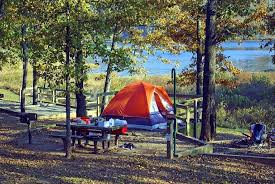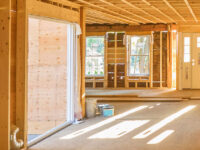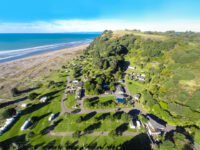How to Get Internet Access On Campground

Trends in what campers want in their campground evolve and change over time. Over the last few decades, one of the biggest desires of campers is to be able to share their outdoor adventures online. In fact, wifi is the 5th most desired amenity to campers.
Today we will help to answer some frequently asked questions campground owners have around wifi and point you to the best resources and experts who can get you the answers you need.
How To Get Wifi For Your Park
Step 1: Where are the Internet and Power Locations Currently?
On this same map, mark where your ISP (internet service provider) equipment is or will be located and make sure it has access to power.
Step 2: How Much Bandwidth Do I Need?

This bandwidth calculator is a quick and easy way to give you a ballpark number of how much bandwidth you will need for your campground.
This would be a good starting number to talk with your ISP (internet service provider) to see if it is possible.
Step 3: Create a Map of Your Campground
Having a map of your campground will help you to see where your needs around the park are. Some sections may be for heavy using seasonal tenants, and others just for overnight campers who can use community wifi hotspots if needed.
On your map, make notes of barriers like dense trees, buildings, and hills that can greatly decrease the wifi signal around your campground.
Step 4: How Much Internet is Coming From Your ISP?
Important: The amount of bandwidth you are currently receiving from your internet provider will determine the maximum speed you can offer your camping and RV guests.
Check with your ISP to see what the bandwidth options are in your area. If your network is running slow, perhaps you can increase your bandwidth which would enable more users to connect and use the internet at the same time.
Your campground’s internet capacity is limited to what your ISP can provide in your area.
Step 5: Decide Where You Want Your Wireless Access Points
Once you have your bandwidth figured out with the ISP, now it is time to distribute that signal throughout the park. If you are using multiple routers, wifi boosters, or wifi repeaters, they will require power and need to be spread out around your campground.
Common buildings you can use that have power and make it easy to add the wifi equipment are:
- Laundry facilities
- Community buildings (Bingo Hall, Pool Building, etc)
- Bathroom facilities
The Charge Option
When you charge for access to the internet people you can drastically reduce how many people and devices are on your network. By only charging folks who are actually the internet, you can keep your rates low for the rest of your campers.
Free Wifi OR Charge For Wifi
The question these days usually is not if your campground should have wifi, but whether or not to charge for it.
The Hybrid Option (Free & Paid)
The most common solution I’ve seen during my RV travels is the hybrid option. This means you get a limited amount of free wifi each day to check the weather or email, but not enough to stream video.
This has been a great solution because you get some wifi and are not forced to pay for it unless you really want to.
With the paid service, you can stream movies and use the internet as much as you would like for the price. Most people are willing to pay for it so don’t feel bad for charging!
Campground Wifi Companies
If this all feels overwhelming to you, don’t worry, there are a lot of companies out there who have experience working campground owners and can take care of the planning and set up of wifi for your campground.
List of Internet for Campground Providers
- Sun Wi-Fi Systems
- Sigma Wifi
- EnGenius Technologies
- Simple Wifi
- Tengo Internet
Happy Campers, Happy Life
The cost of providing free wifi to your campers has to be paid for somehow. Usually, this is by increasing your rates. If your target customer is price sensitive, this may push them to stay at a different campground.





